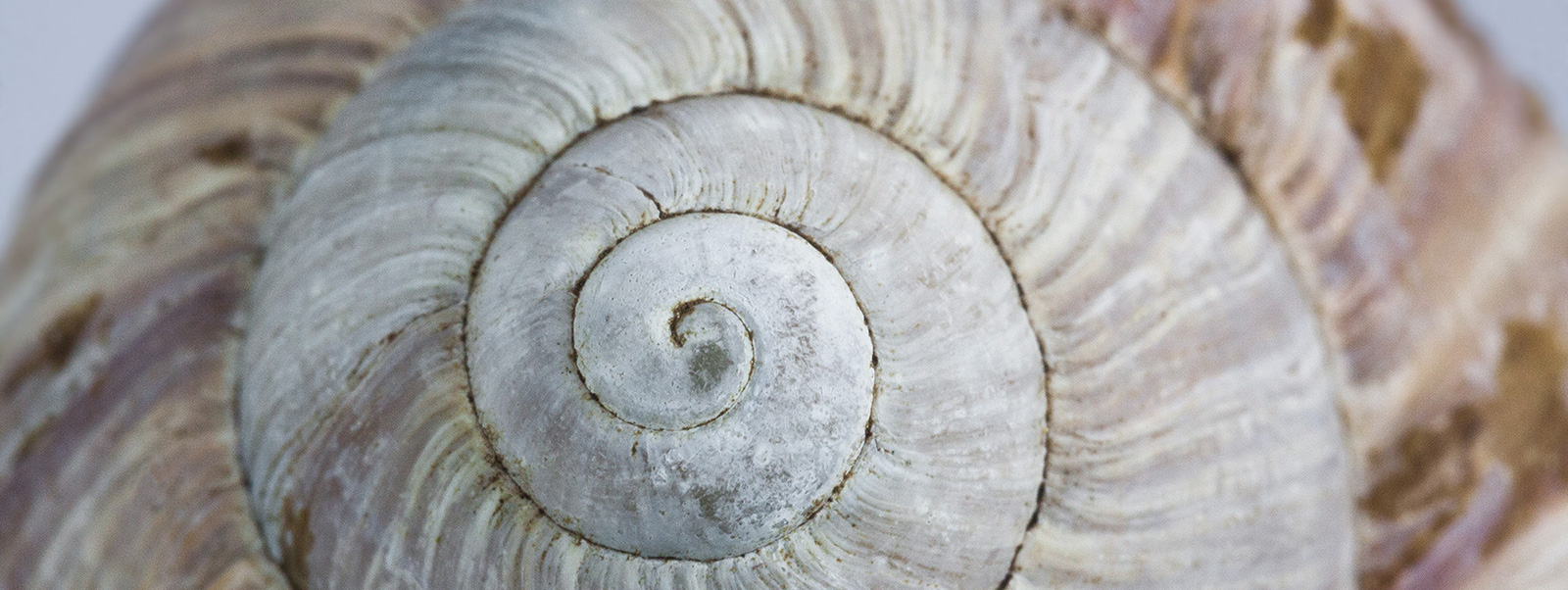The Chain
 January is a month of fervent resolutions and brave new intentions. A month of planting seedling new habits that require careful tending to take root. Shakespeare wrote that “The chains of habit are generally too small to be felt until they are too strong to be broken.” Yet our morning rituals settle over our lives bringing a sense of comfort and continuity in an often chaotic world. Our habits frame the frayed edges of our days and wrap the weeks together seamlessly.
January is a month of fervent resolutions and brave new intentions. A month of planting seedling new habits that require careful tending to take root. Shakespeare wrote that “The chains of habit are generally too small to be felt until they are too strong to be broken.” Yet our morning rituals settle over our lives bringing a sense of comfort and continuity in an often chaotic world. Our habits frame the frayed edges of our days and wrap the weeks together seamlessly.
A habit is defined as “a settled or regular tendency or practice, especially one that is hard to give up.” Most of us spend most of our lives cruising along on autopilot. Self-destructive habits keep us chained to the rock like Prometheus while the hungry Griffin picks and pecks at our liver day after day: negative thoughts cycle round and round like vultures over the carrion of the past, repetitive behaviours that harm our bodies and sabotage our relationships. Albert Einstein is quoted as saying that “insanity is continuing to do the same thing over and over and expecting different results.” So often pain, physical or emotional, is the fuel that burns away our inertia and creates a new sense of momentum in our lives. But it takes willpower and heartfelt intention to break the chains that bind us to the past.
We are not the sole creators of our reality. Would it were that simple. Millions of human beings endure cruelty and abuse, are taken hostage, imprisoned, scapegoated. But when we can see in the often fated challenges, opportunities to awaken to the fierce flame of our Higher Self, we unchain our potential to heal and realign our energies.
It takes kindness and compassion to look around our personal space and acknowledge that we have chosen the clothing we are wearing, the food in our refrigerator. On some level we do choose our partners, and our friends. We choose to love and we choose to feel happy. We do have the will to change and befriend our belief about the world we see. And it is will that ignites the fierce flame of power. It is will that breaks the chain of “have tos and shoulds” that cloud our connection to our own volition.
Psychologists who still work on a mechanical reductionist model of the world see a linear, causal curve for making and breaking of habits. New York Times reporter Charles Duhigg in his book, The Power of Habit: Why We Do What We Do in Life and Business proposes that first there is a cue – a trigger for a certain routine. Then the routine – the behaviour. Then the reward. So when we can diagnose the cues, witness our routines, we may be more conscious of why we keep doing. And change the behaviour. Our willpower and self-control are like muscle strength writes psychologist Jeremy Dean in Making Habits, Breaking Habits: Why We Do Things, Why We Don’t, and How to Make Any Change Stick. Willpower varies from person to person. According to our emotional state and even our energy levels during the day our willpower muscle will tire of pushing and straining. And when it does, we will be more susceptible to gorging on chocolate or having that midweek glass of red wine, or saying something harsh to our partner, despite our best intentions.
What if changing our habits is more about self-love than muttering mnemonics to prompt us into new ways of cruising on autopilot? What if habits hide our Light, though we wear them like the garments that conceal the bodies of nuns or priests in certain religious orders.
Perhaps habits belong to the realm of the heart. Perhaps they wander like itinerants through the crowded landscape of the mind? Perhaps changing habits is more about stillness and a dignified refusal to be part of the momentum. At least until we can access what gnaws in the darkness of our gut or makes us reach for a cigarette or turn on the telly. We might ask ourselves what our habits serve. What they cover in the folds of familiarity: the feeling of loneliness, invisibility, the pain of our submissive silence?
Many of us see power as outside ourselves – the Universe, or the gods or the angels will tell us what to do. We seek guidance from others which may cloud the voice of our own true self and exempt us from the terror of our own responsibility.
Perhaps the human heart is far more complex than lab-rat behaviour in its many-splendoured manifestation. Perhaps habits are about congruency and a deeper sense of purpose. Perhaps habits will flower from the tap roots of discipline. If we are willing disciples we can fix our fluctuating feelings and will ‘o the wisp whims to a desired outcome, a larger purpose. Perhaps habits are about a commitment to our heart’s desires not our pained egos that fear the radiance of living too gloriously, too fearlessly. More about staying in authentic communication with our True Selves.
Perhaps it’s our heart that will perceive the true path for our journey this New Year. And the task of our Will to honour that path and stay in communication with our True Self.
Private Moon by artist Leonid Tishkov
Fleetwood Mac – The Chain




